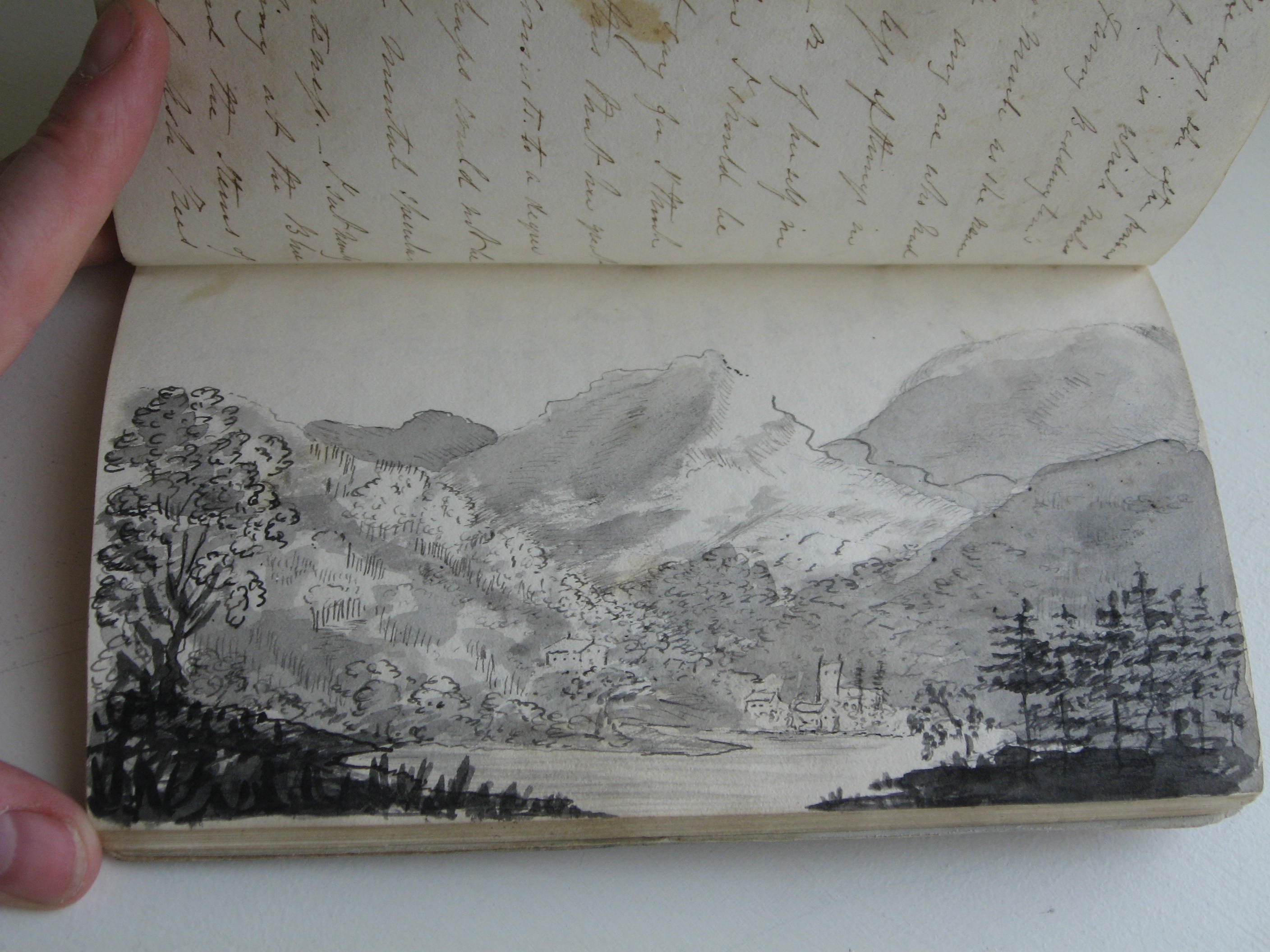The Social Impact of Tourism: The Contrasting Experiences of Grasmere and Keswick
For Grasmere, which remained a farming community throughout this period, much of daily life remained the same, dictated by the seasons.

Many of the traditions and customs continued. The holiday log book of Mrs Fletcher and her daughter, 1833, describes the sheep shearing and ensuing celebrations:
the Shepherds collecting in friendly groups to help each other on this occasion. — when a Barrel of strong Beer is brew’d and the best cheese with Mountains of Oat Cake are set before them and when the work is done they spend a merry Evening round the Table. The Pleasures of the Table are as well understood by these Mountain Shepherds as by any London Alderman. — and much better digested.
In Keswick, which was the main tourist centre until the very end of this period, the social impact must have been much greater. For some local people, the increased social activities, like regattas, and the chance to meet new people must have been exciting. There could be between 12,000 and 15,000 visitors in the summer months.
On the other hand, Shelley’s opinion of the impact tourism had on the character of the people of Keswick is inarguably negative:
In fact my friend at this Keswick tho the
face of the country is lovely the people are detestable. The manufacturers
with their contamination have crept into the peaceful vale and deformed
the loveliness of Nature with human taint. The debauched servants
of the great families who resort contribute to the total extinction
of morality. Keswick seems more like a suburb of London than a village
of Cumberland.
A page from Elizabeth Fletcher's Journal, September 1833, The Wordsworth Trust.
